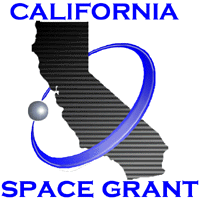California Space Grant Consortium
UC Santa Cruz activities

The goals of our educational and public outreach program at UCSC are (I) Cross-fertilize the training of computational scientists and students in the visual arts and digital media using state-of-art astrophysical simulations as common ground. As computing power increases, scientific communication is moving steadily away from still pictures to dynamic imagery. Our research group will play a leading role in this transformation by providing cutting-edge scientific simulations, which will serve as ideal raw material for research collaborations between digital-art students and computational science students. The resulting visual products, of great power and beauty, will be used to disseminate our work, inform the general public about science and the universe, and provide raw material for science curricula, documentaries, and astronomy presentations in venues as diverse as Google Sky, De Anza Planetarium, and the NASA Ames Hyperwall. Partner arts programs include UCSCs MFA in Digital Arts and New Media, and UCSCs top-ranked program in Science Communications.
(II) Build a group environment that significantly increases the number of under-represented students trained in computational astrophysics. Students from disadvantaged groups are underrepresented in both computer science and physics/astrophysics. Our group activities to address STEM education needs include: 1) recruiting students from partnering diversity-serving institutions, 2) funded summer internships for intense research immersion for these students featuring hands-on mentoring by our faculty and graduate students, and 3) creating diverse social and professional communities to broaden participation in the sciences. These programs build on existing proven activities. The UCSC Institute for Science and Engineering Educators (ISEE) trains graduate students for science
teaching with a strong focus on diversity and equity and Lamat program at UCSC recruits and mentors astronomy students from underrepresented groups. Close ties exist with dozens of Hispanic-serving community colleges in California.

